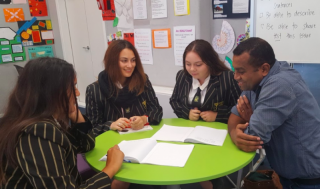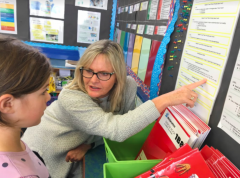You are here:
- Home »
- Assessment for learning »
- Principles of assessment for learning
Principles of assessment for learning
We are preparing to close this site soon as this content has now moved to Tāhūrangi.
Tāhūrangi is the new online curriculum hub for Te Tāhuhu o te Mātauranga | Ministry of Education.
What is assessment for learning?

Assessment for learning is best described as a process by which assessment information is used by teachers to adjust their teaching strategies, and by students to adjust their learning strategies.
Assessment, teaching, and learning are inextricably linked as each informs the others.
Assessment is a powerful process that can either optimise or inhibit learning, depending on how it is applied.
Describing assessment for learning

For teachers
Assessment for learning helps teachers gather information to:
- plan and modify teaching and learning programmes for individual students, groups of students, and the class as a whole
- pinpoint students’ strengths so that both teachers and students can build on them
- identify students’ learning needs in a clear and constructive way so they can be addressed
- involve parents, families, and whānau in their children's learning.
For students
Assessment for learning:
- provides students with information and guidance so they can plan and manage the next steps in their learning
- uses information to lead from what has been learned to what needs to be learned next.
Approaches
Assessment for learning should use a range of approaches. These may include:
- day-to-day activities, such as learning conversations
- a simple mental note taken by the teacher during observation
- student self and peer assessments
- a detailed analysis of a student’s work
- assessment tools, which may be written items, structured interview questions, or items teachers make up themselves.
What matters most is not so much the form of the assessment, but how the information gathered is used to improve teaching and learning.

